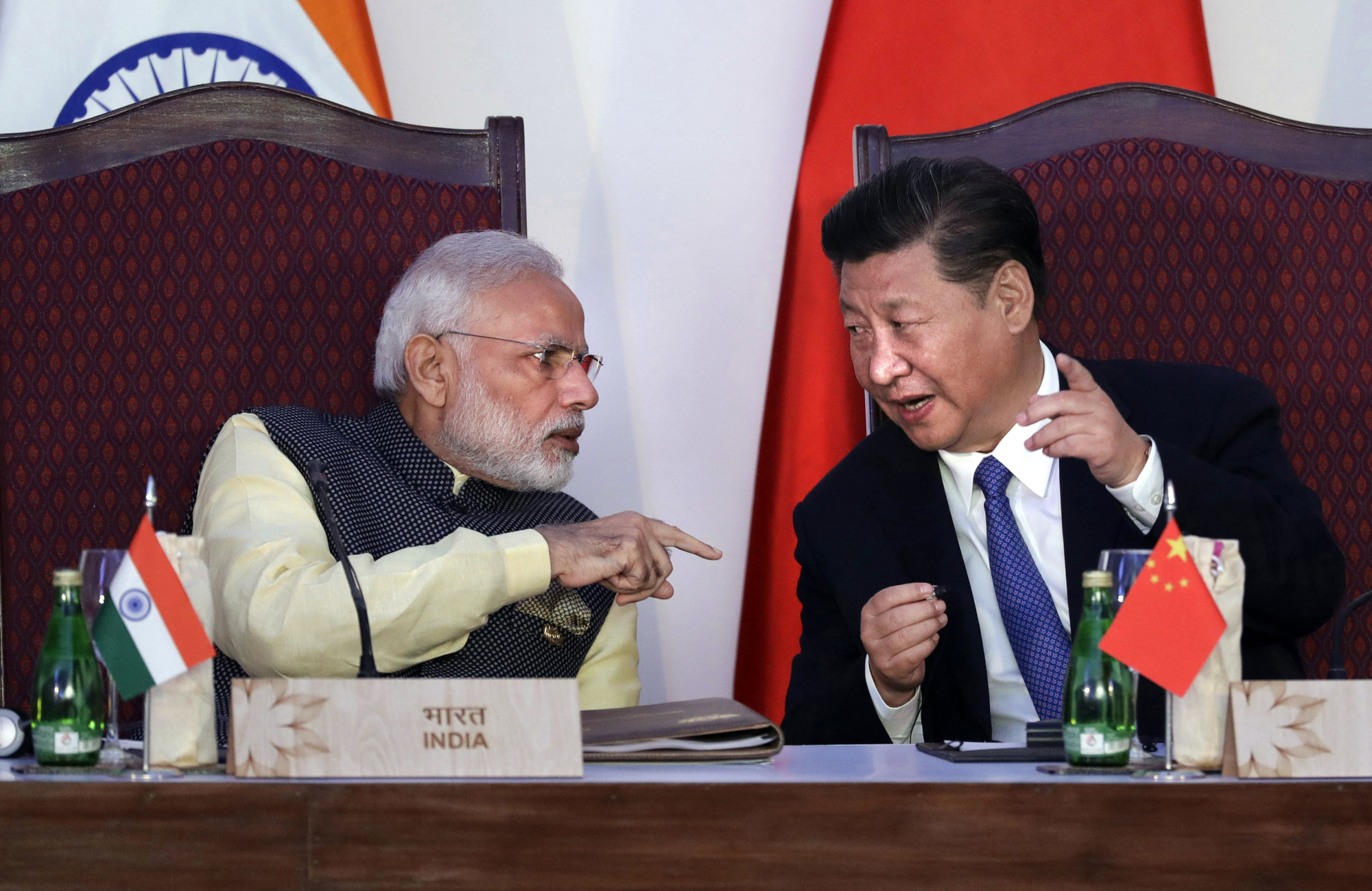What on earth is going on near the roof of the world? Since mid-June, the world's two most populous countries have been eyeball to eyeball in a tense military standoff where their borders meet up with tiny Bhutan. The narrow Doklam Plateau is a 90-km strip at an altitude of over 4,000 meters that China claims as part of Tibet. Bhutan insists it is the rightful claimant. For decades its foreign policy has been "guided" and its sovereign interests protected by India.
The 1962 syndrome seems alive and well in both China and India. Fifty-five years ago they fought a brief war over a border dispute. The complete rout of India was a bitter humiliation that is deeply scarred on the national collective consciousness. In 1979 Chinese troops attacked and threatened to teach Vietnam the same lesson as India in 1962 but got a bloody nose instead. Beijing is at it again, warning India not to forget the lessons of history on pain of a repeat.
The mix of internalized humiliation on one side and chest-thumping bravado on the other is a dangerous cocktail, involving two proud nuclear-armed neighbors with a billion-strong population, each with a rich and storied history and civilization. But 2017 is not 1962 when neither had nuclear weapons and now both do. As India has discovered vis-a-vis Pakistan, paradoxically this confers an asymmetric advantage on the militarily less powerful neighbor. The risk of spiraling escalation that goes nuclear induces caution, tempering the instinct to inflict military punishment on the perceived weaker country.



